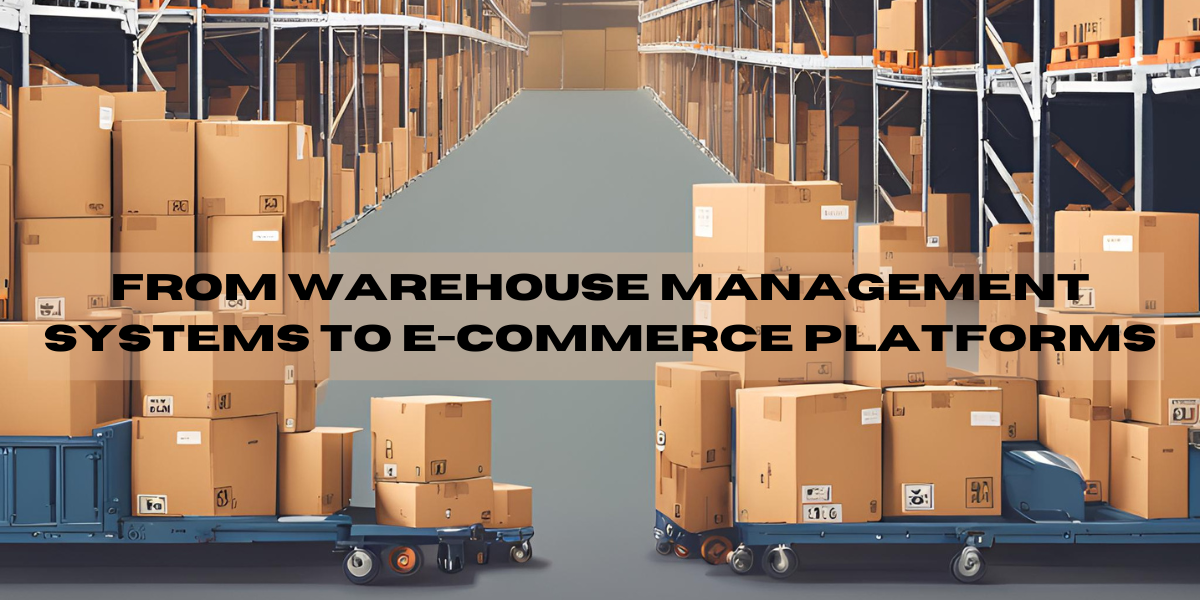In today’s digital age, technology has revolutionized the way businesses distribute their products and services. Technology has transformed the distribution landscape from warehouse management systems to e-commerce platforms, making it more efficient, cost-effective, and customer-centric. In this article, we’ll explore the role of technology in distribution and how it’s changing the game for businesses of all sizes.
- Warehouse Management Systems (WMS): Warehouse management systems (WMS) are software applications that help businesses manage their inventory, order fulfillment, and warehouse operations. WMS solutions enable real-time visibility into inventory levels, streamline picking and packing processes, and optimize storage space utilization. By implementing WMS, businesses can reduce operational costs, improve order accuracy, and enhance customer satisfaction.
- Transportation Management Systems (TMS): Transportation management systems (TMS) are software solutions that help businesses optimize transportation networks by managing shipments, carriers, and routes. TMS solutions enable real-time tracking of shipments, reduce transportation costs, and improve delivery times. By implementing TMS, businesses can enhance their supply chain visibility and agility while reducing transportation-related risks.
- E-commerce Platforms: E-commerce platforms are online marketplaces that enable businesses to sell their products directly to consumers. E-commerce platforms offer a wide range of features such as product listings, payment processing, order management, and customer support. By implementing e-commerce platforms, businesses can reach a global audience, reduce distribution costs, and enhance customer engagement.
- Internet of Things (IoT): The Internet of Things (IoT) is a network of interconnected devices that collect and share data in real time. IoT solutions enable real-time monitoring of inventory levels, temperature control in warehouses, and shipment tracking during transportation. By implementing IoT solutions, businesses can improve supply chain visibility, reduce waste, and enhance customer satisfaction.
- Artificial Intelligence (AI): Artificial intelligence (AI) is a technology that enables machines to learn and make decisions based on data. AI solutions enable predictive demand forecasting, dynamic pricing optimization, and personalized product recommendations based on customer preferences. By implementing AI solutions, businesses can improve demand planning accuracy, reduce inventory carrying costs, and enhance customer engagement.
In conclusion, technology is playing a significant role in distribution by enabling real-time visibility into inventory levels, optimizing transportation networks, facilitating e-commerce sales, improving supply chain visibility through IoT solutions, and enhancing demand planning accuracy through AI solutions. As technology continues to evolve rapidly, businesses need to stay abreast of the latest trends and adopt technologies that align with their strategic objectives to remain competitive in the marketplace.

